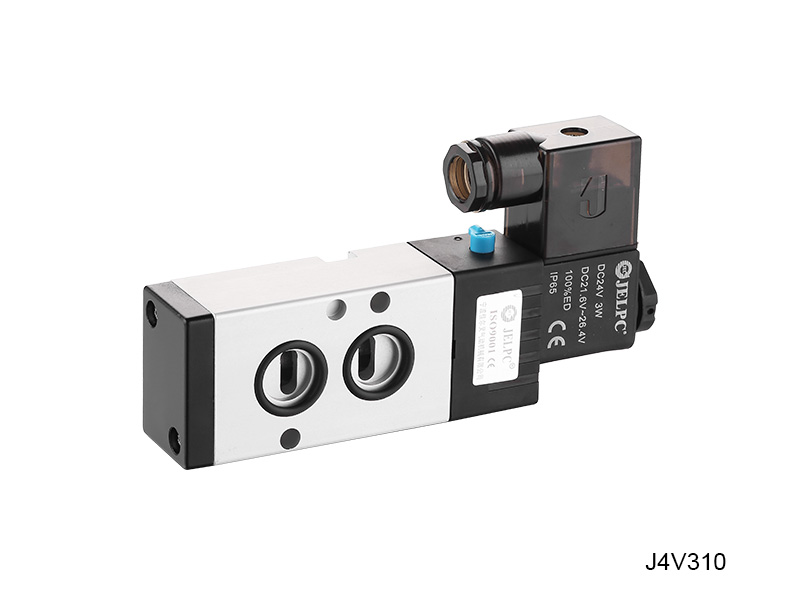Principle of direct-acting solenoid valve: When energized, the solenoid coil generates electromagnetic force to lift the closing member from the valve seat, and the valve opens; when the plate is powered off, the electric power magnetic force disappears, and the spring presses the closing member on the valve seat to close the valve. Features: It can work normally under vacuum, negative pressure and zero pressure, but the diameter generally does not exceed 25mm.

Principle of the pilot solenoid valve: When power is applied, the electromagnetic force opens the pilot hole, the pressure in the upper chamber drops rapidly, and a high pressure difference is formed around the closing part. The fluid pressure pushes the closing part upward and the valve opens; when the power is off, The spring force closes the pilot hole, and the inlet pressure quickly passes through the bypass hole to form a low and high pressure difference around the valve closing member. The fluid pressure pushes the closing member to move downward to close the valve.
Direct-acting solenoid valves are relatively fast, and the action time is short. When the frequency is high, the direct-acting type is generally used; the pilot-operated solenoid valve uses a small valve to open the large valve, with a large flow rate and a large diameter.
Principle of direct-acting solenoid valve: When energized, the solenoid generates electromagnetic force to lift the closing member from the valve seat, and the valve opens; when the power is turned off, the electromagnetic force disappears, and the spring presses the closing member on the valve seat and the valve closes . Features: It can work normally under vacuum, negative pressure and zero pressure, but the diameter generally does not exceed 25mm.
Principle of the pilot solenoid valve: When power is applied, the electromagnetic force opens the pilot hole, the pressure in the upper chamber drops rapidly, and a high pressure difference is formed around the closing part. The fluid pressure pushes the closing part upward and the valve opens; when the power is off, The spring force closes the pilot hole, and the inlet pressure quickly passes through the bypass hole to form a low and high pressure difference around the valve closing member. The fluid pressure pushes the closing member to move downward to close the valve.
Direct-acting solenoid valves are relatively fast, and the action time is short. When the frequency is high, the direct-acting type is generally used; the pilot-operated solenoid valve uses a small valve to open the large valve, with a large flow rate and a large diameter.